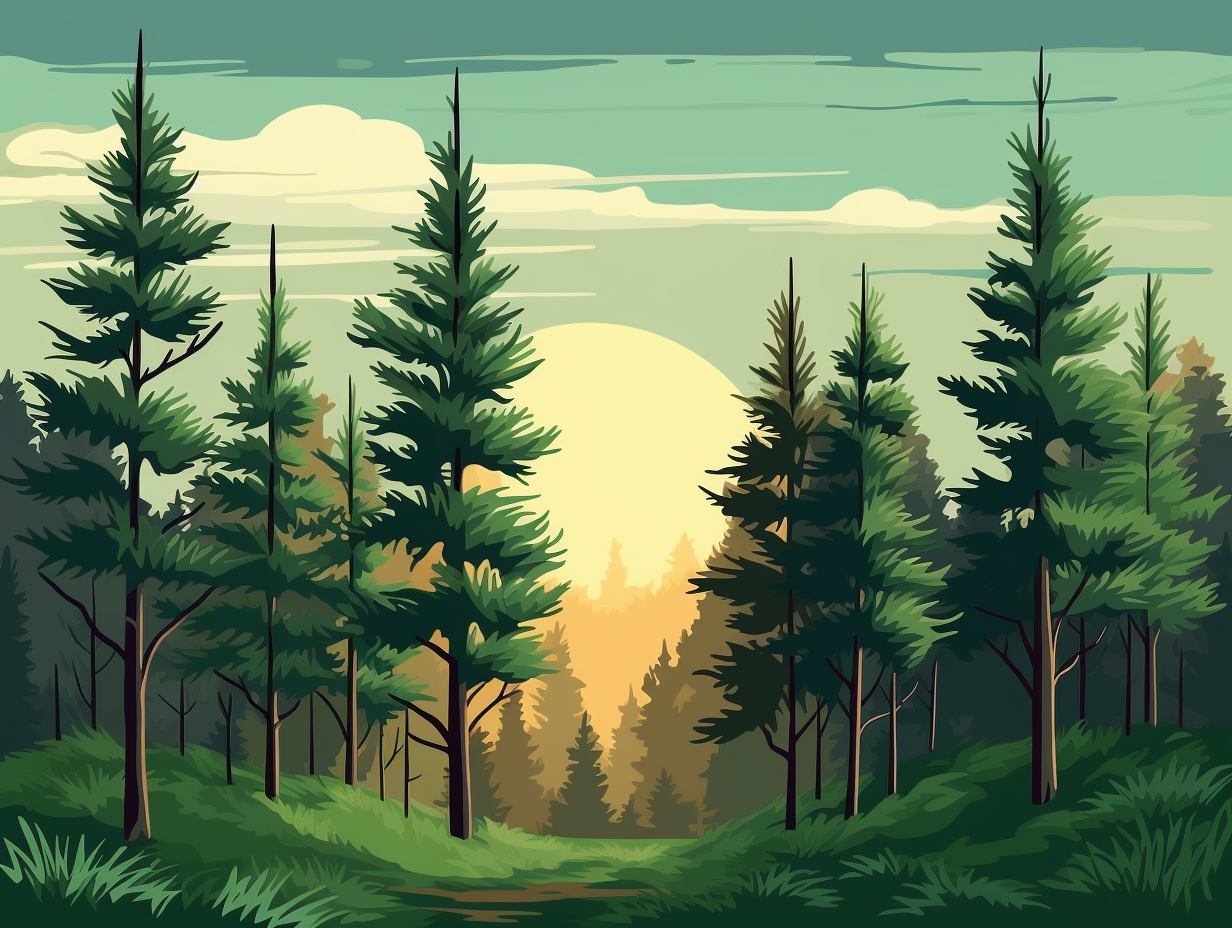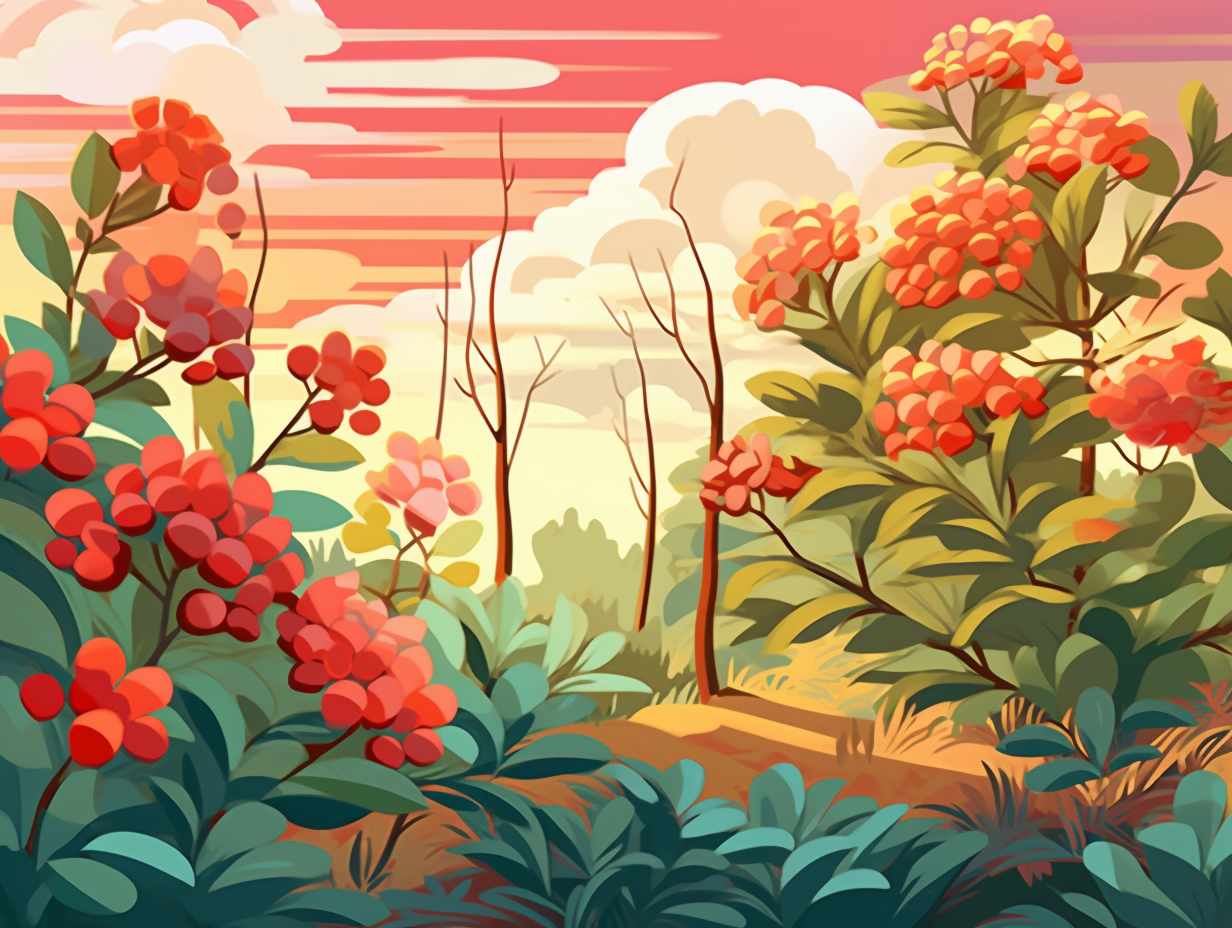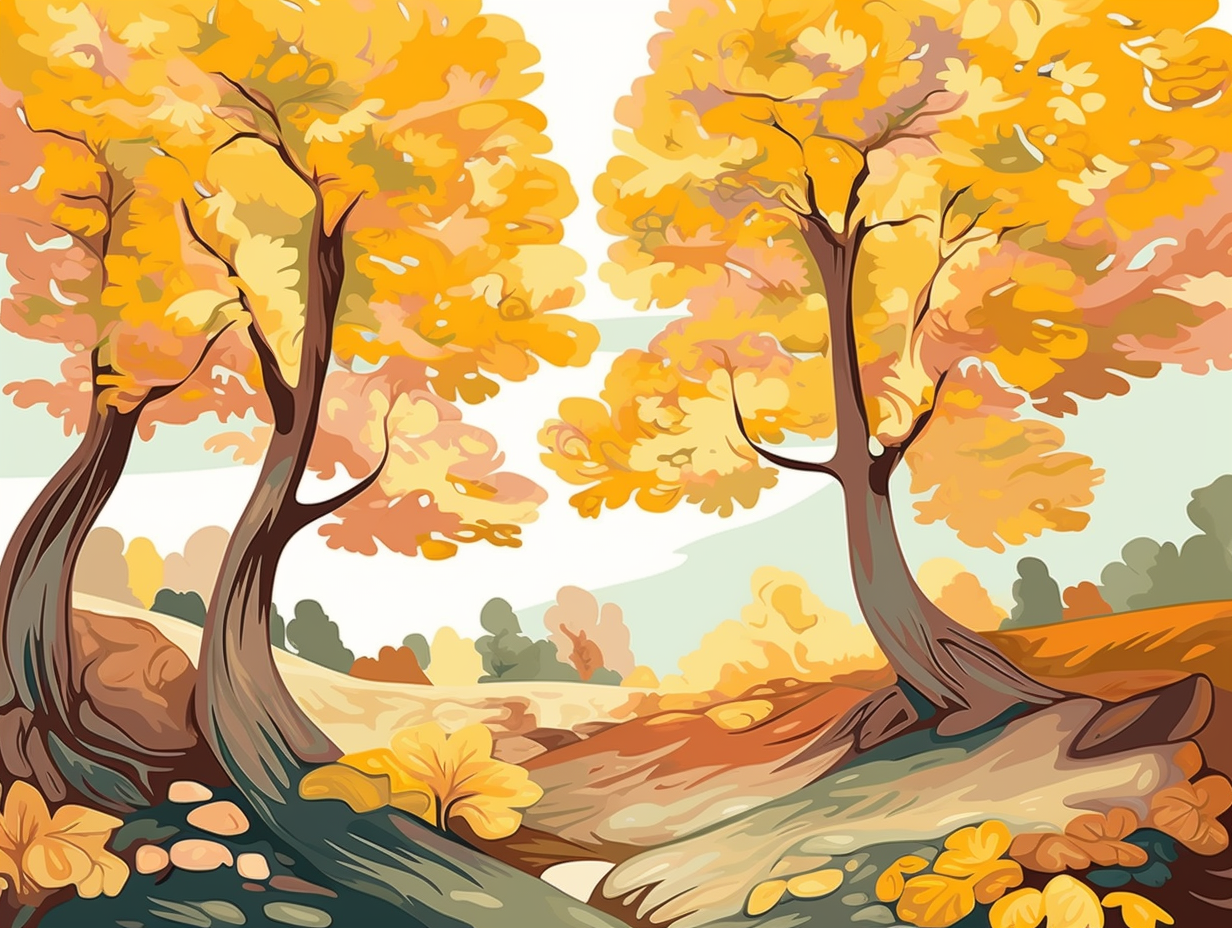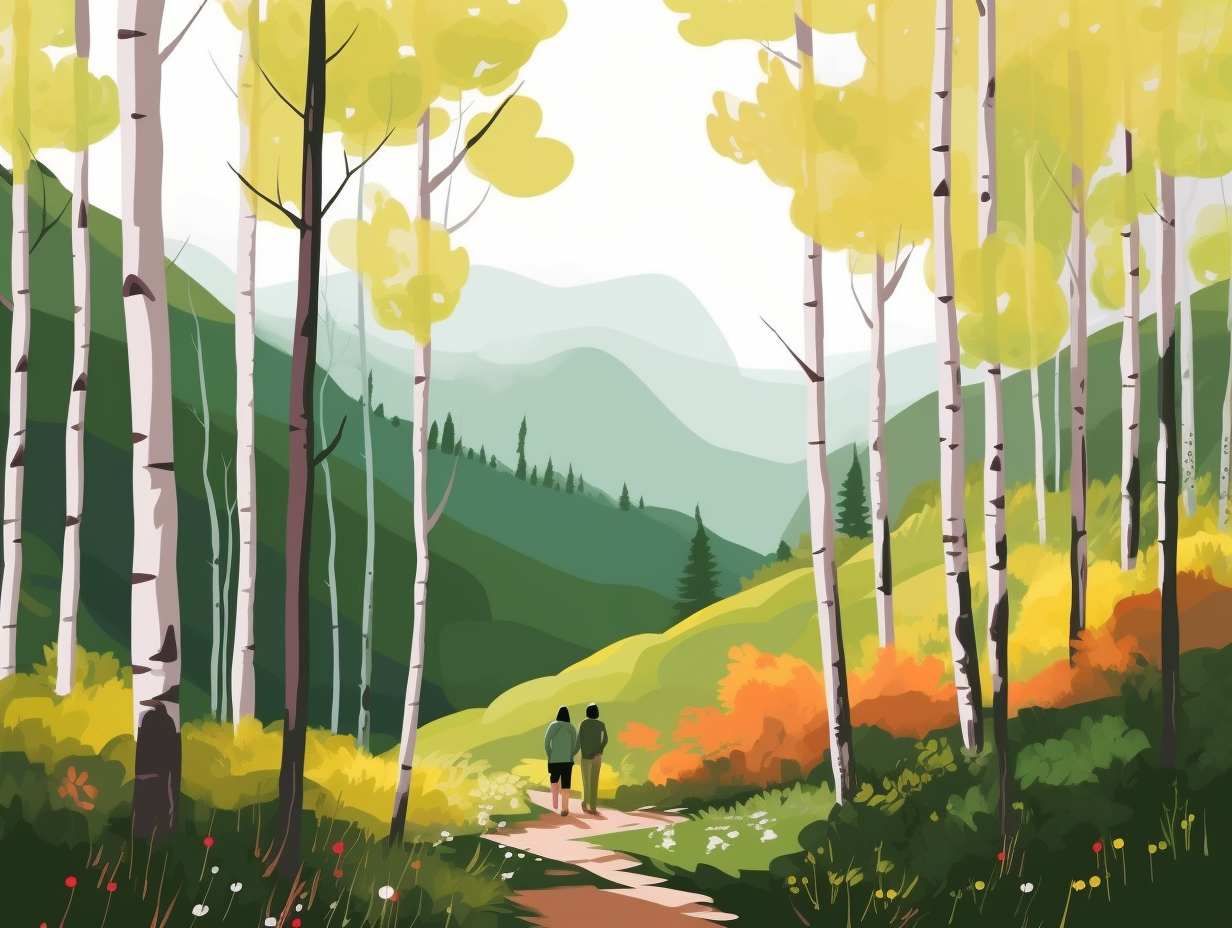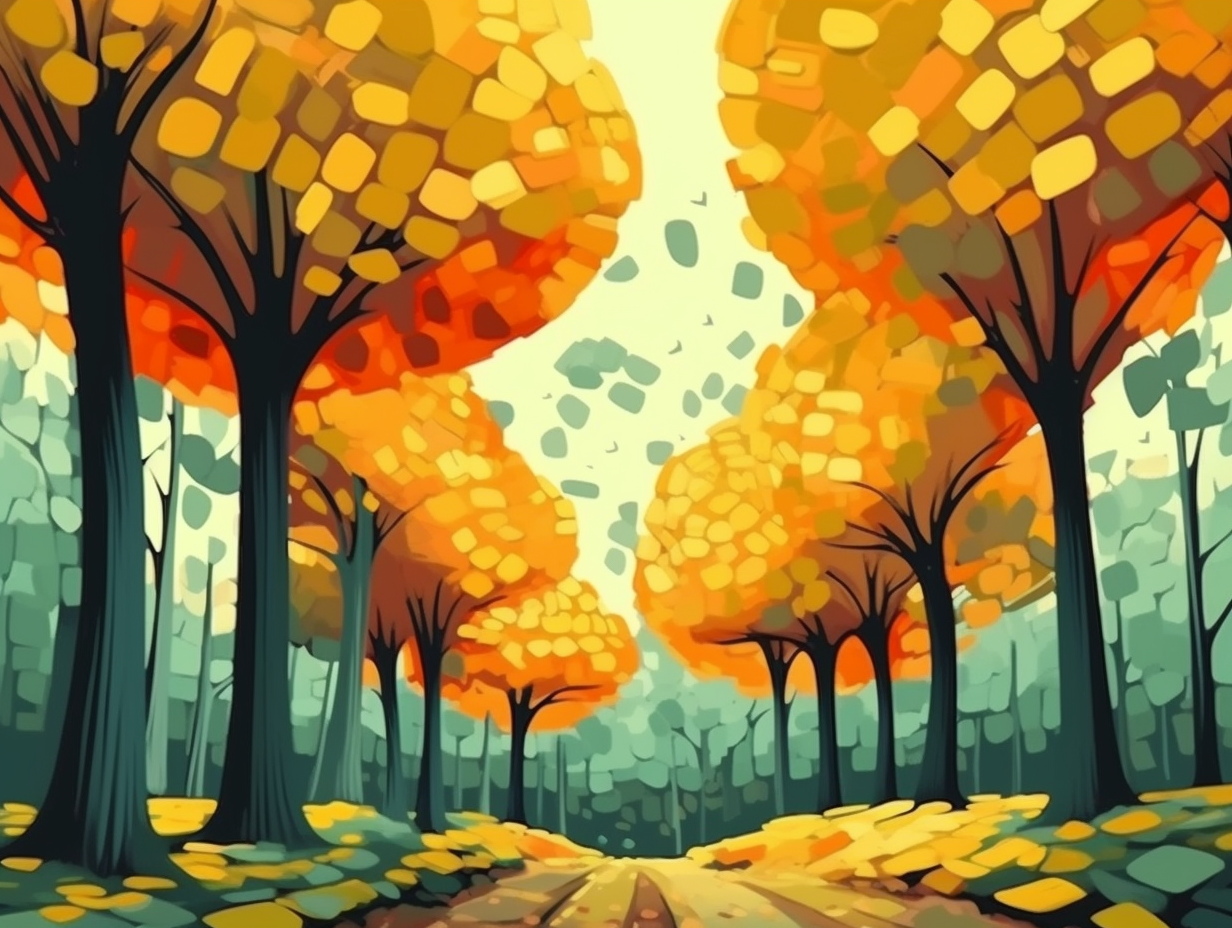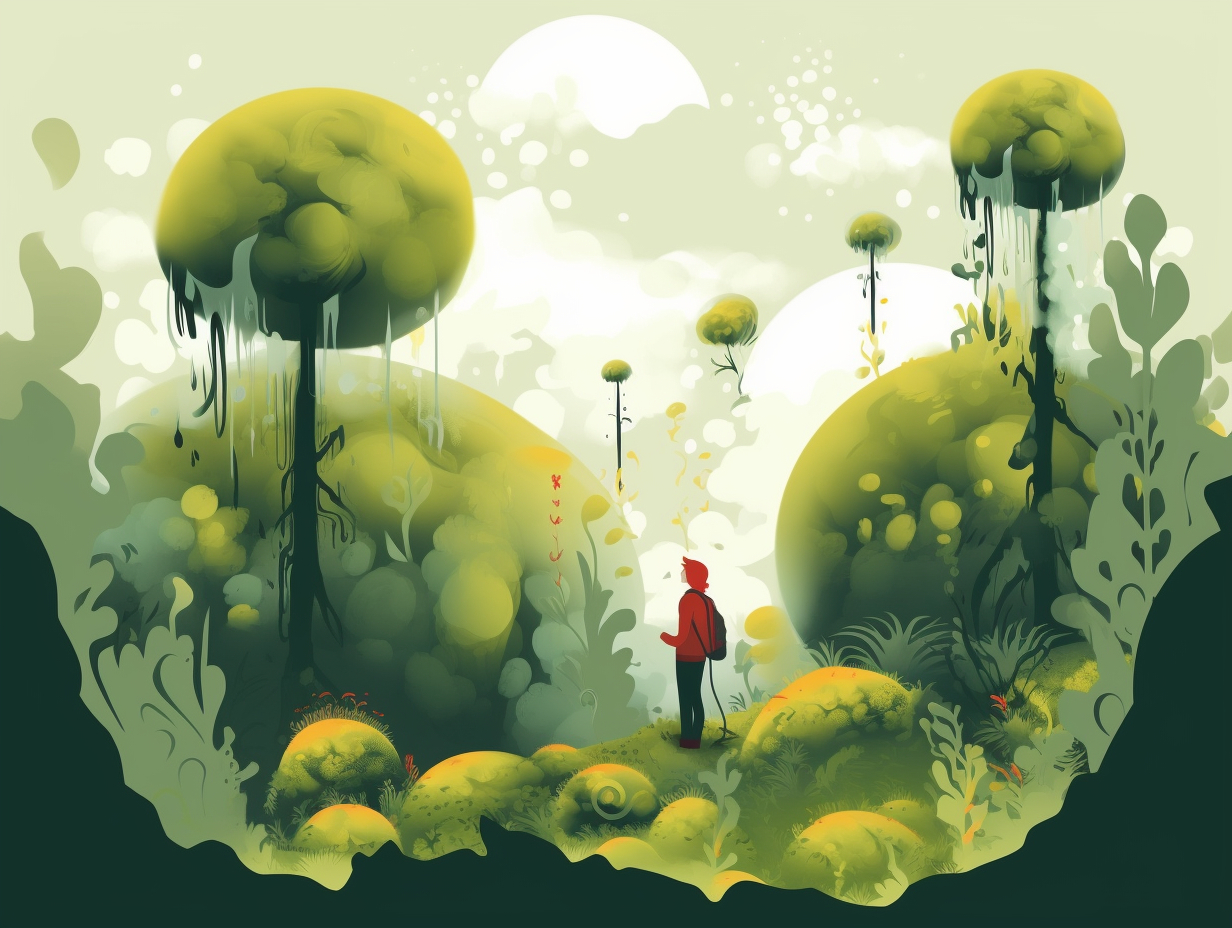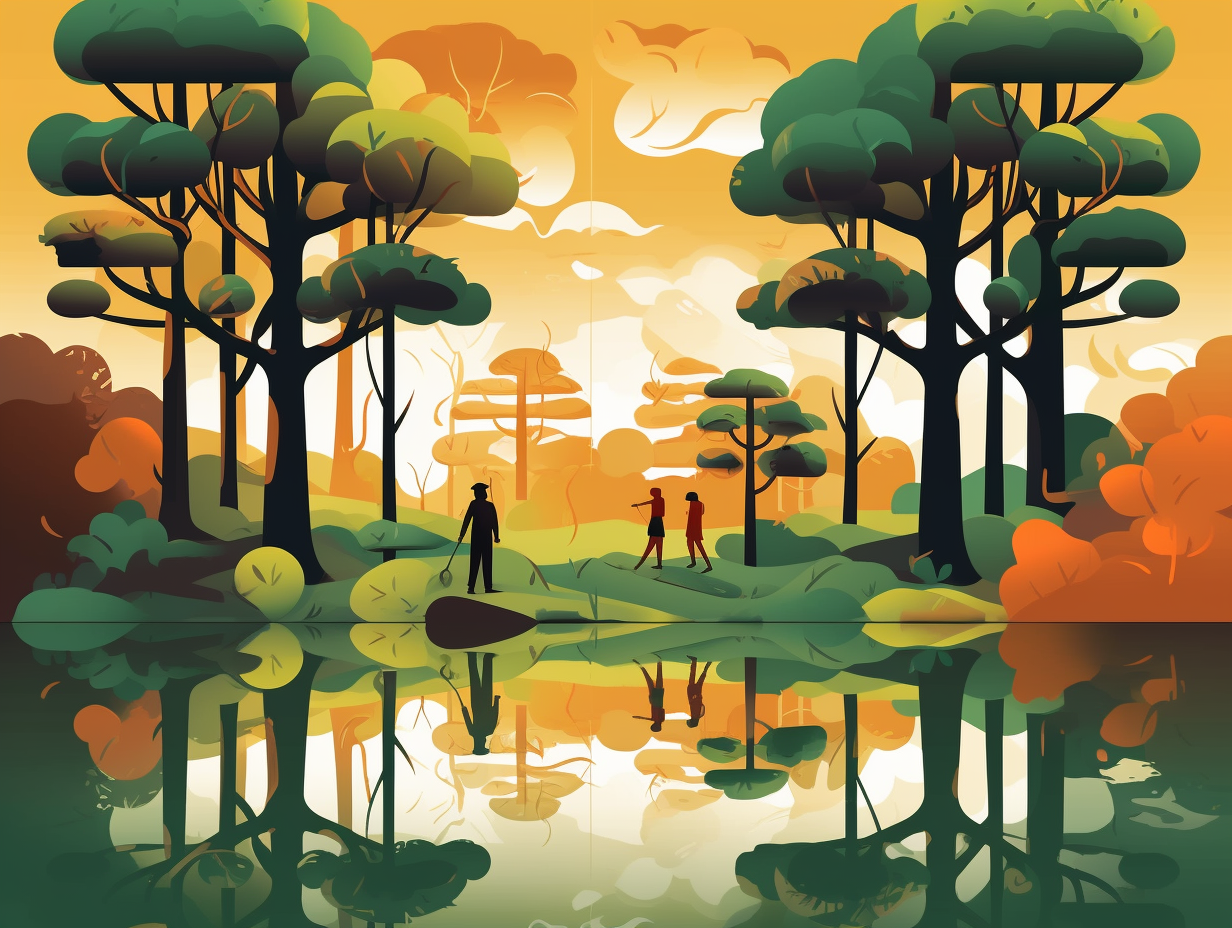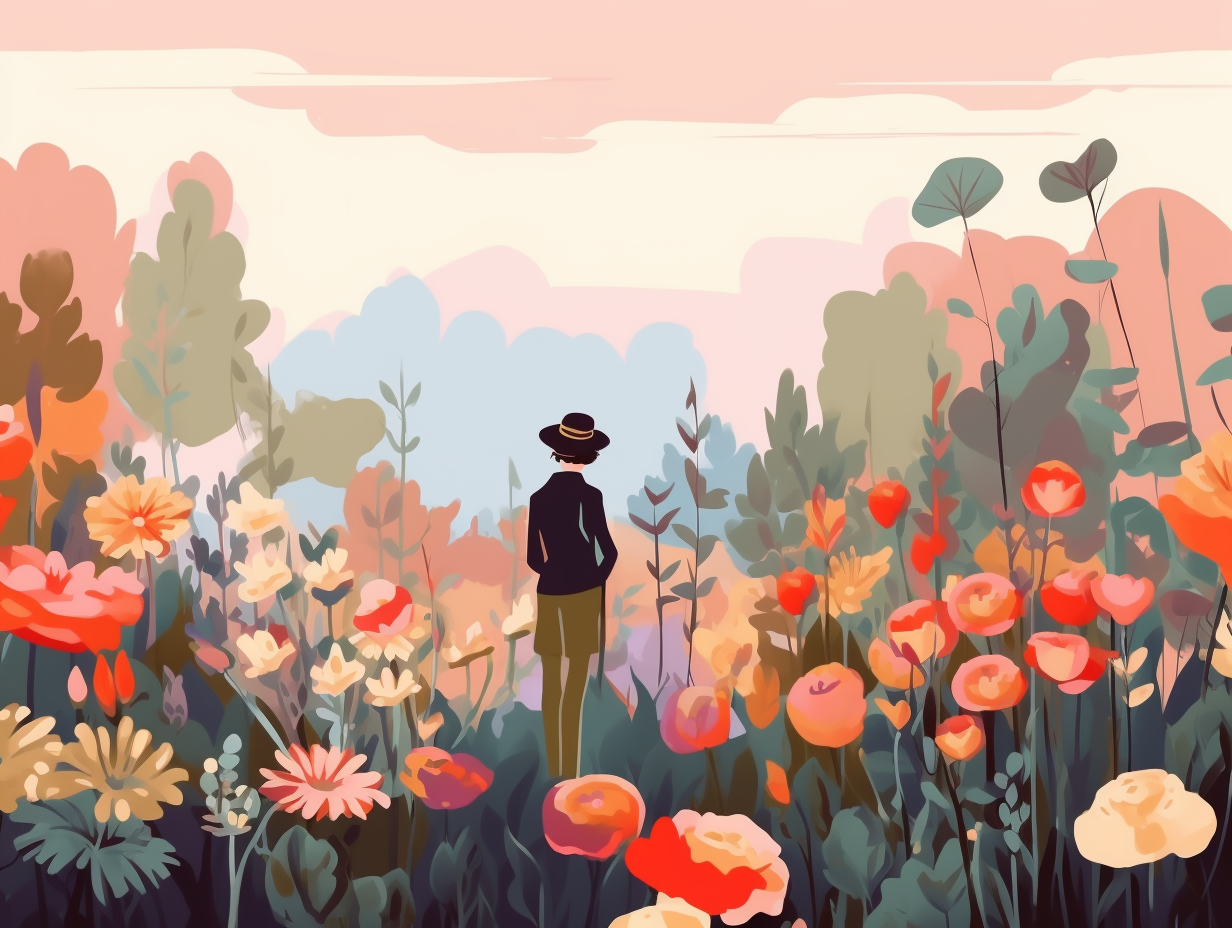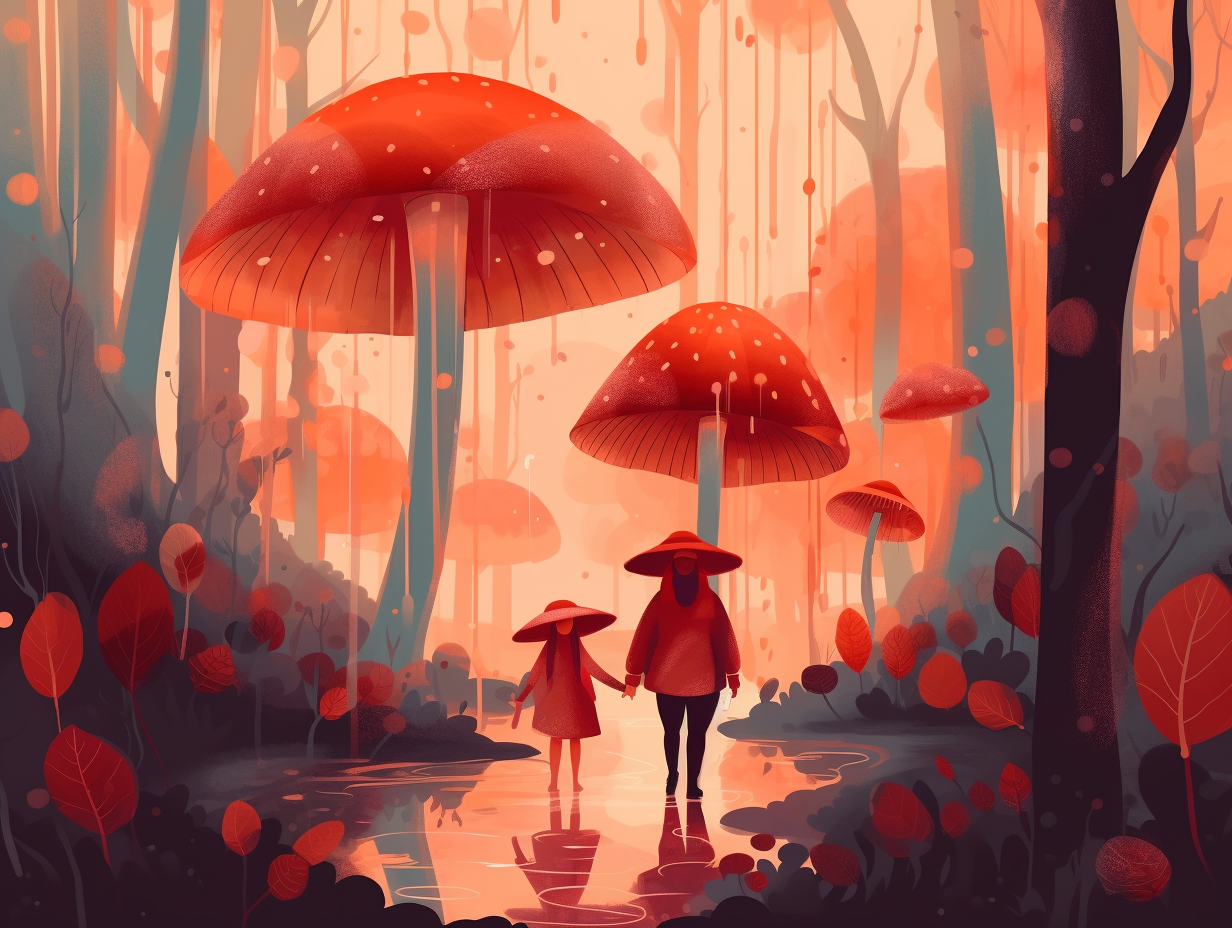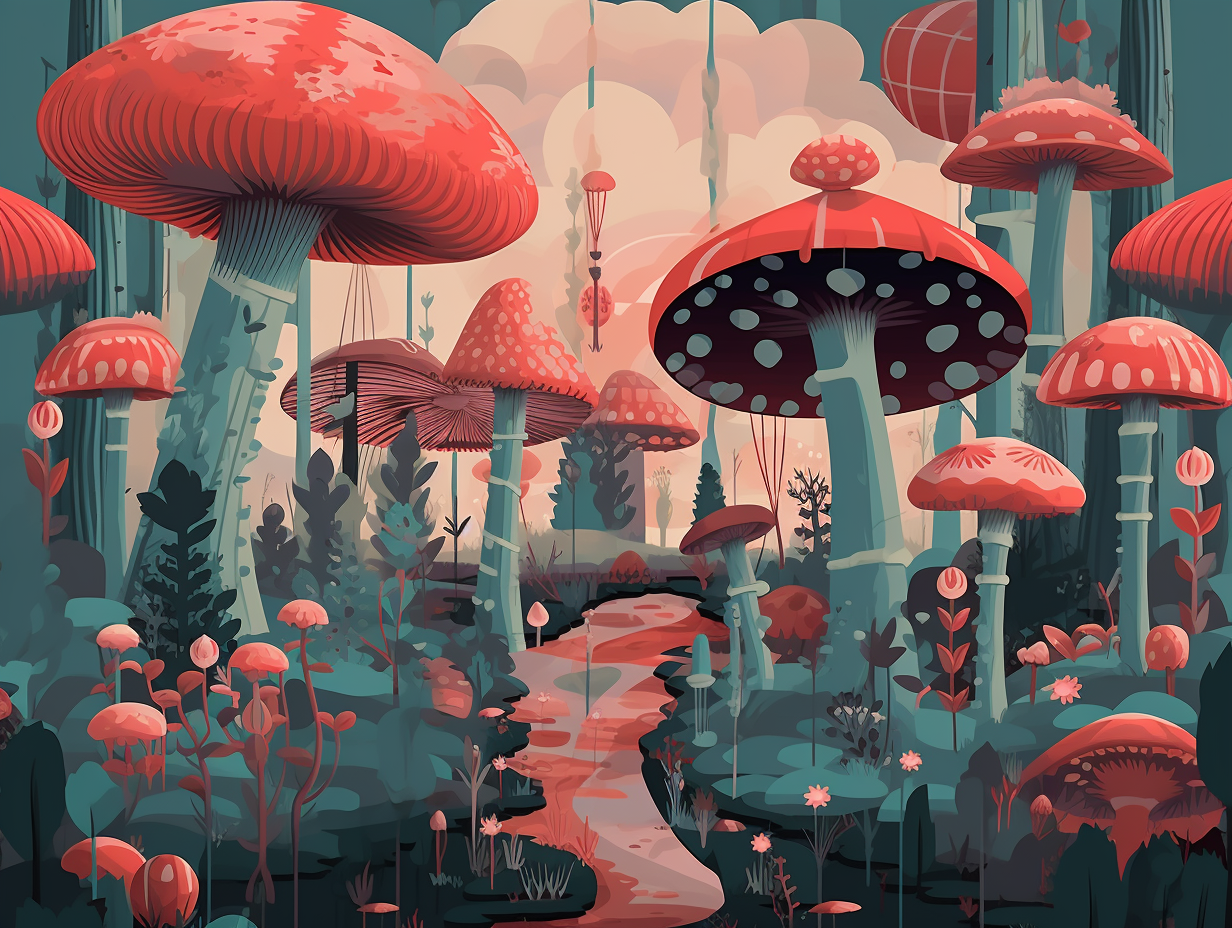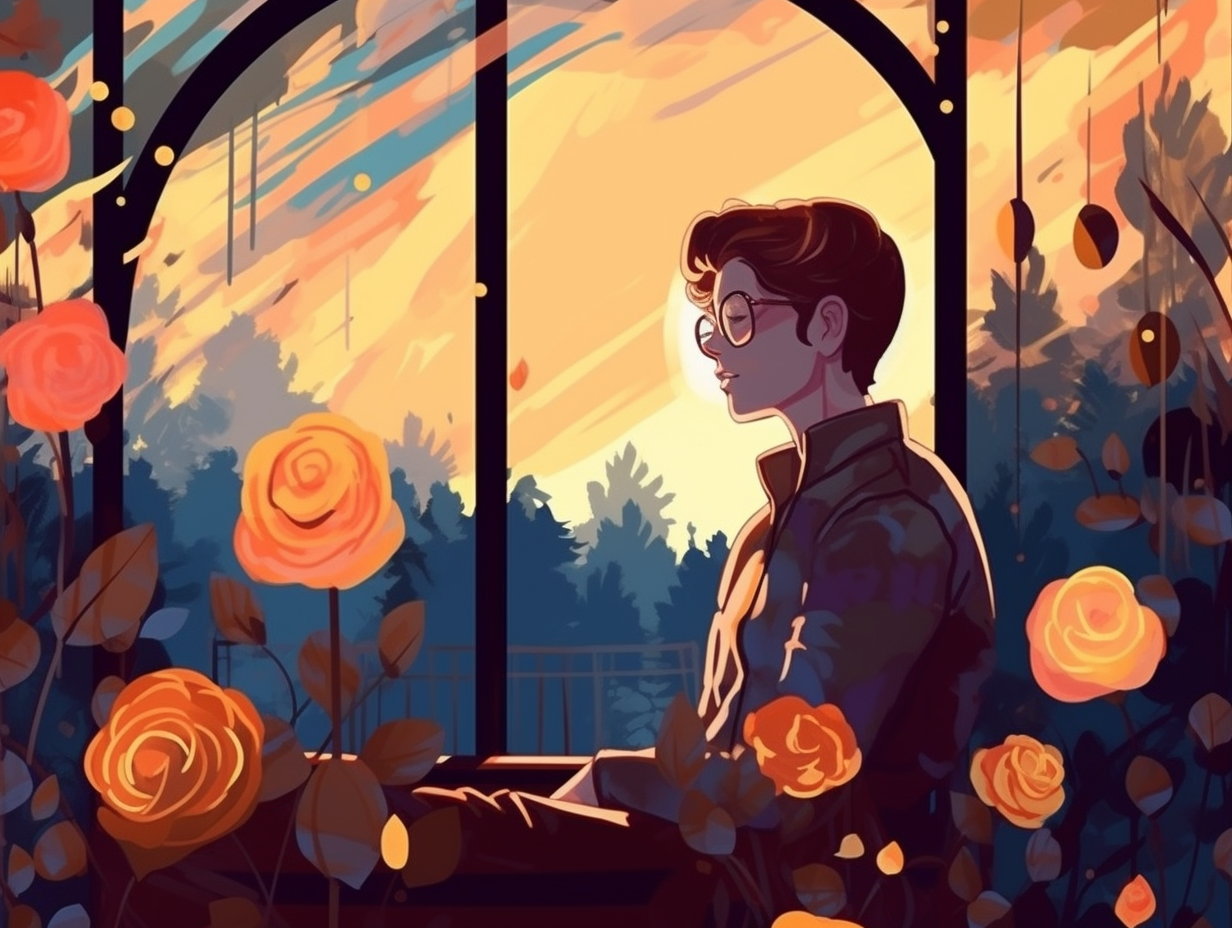Discover the Magic: Top 7 Fun and Fascinating Facts About Spruce Trees!

1. Stradivari's Spruce Secret
Before Stradivari played the world's strings, he strummed on spruces: The most ancient known violin, crafted by the legendary Italian maestro himself, owes its remarkable sound quality and endurance to the resonant and durable spruce wood hailing from the Val di Fiemme region in northern Italy.
Source => leafyplace.com
2. Spruce: The Musical Tree
If a tree strums in the forest, does it make a sound? Apparently so, as spruce trees secretly moonlight as music aficionados: They are commonly used in the soundboards of various instruments, including the violin, guitar, and piano families, thanks to their desirable tonal properties. Sitka, Adirondack, and Engelmann spruces, as well as Picea abies, are some of the spruce varieties chosen for this noteworthy task, while cedar, specifically western red cedar, is often used in flamenco and classical guitar tops.
Source => en.wikipedia.org
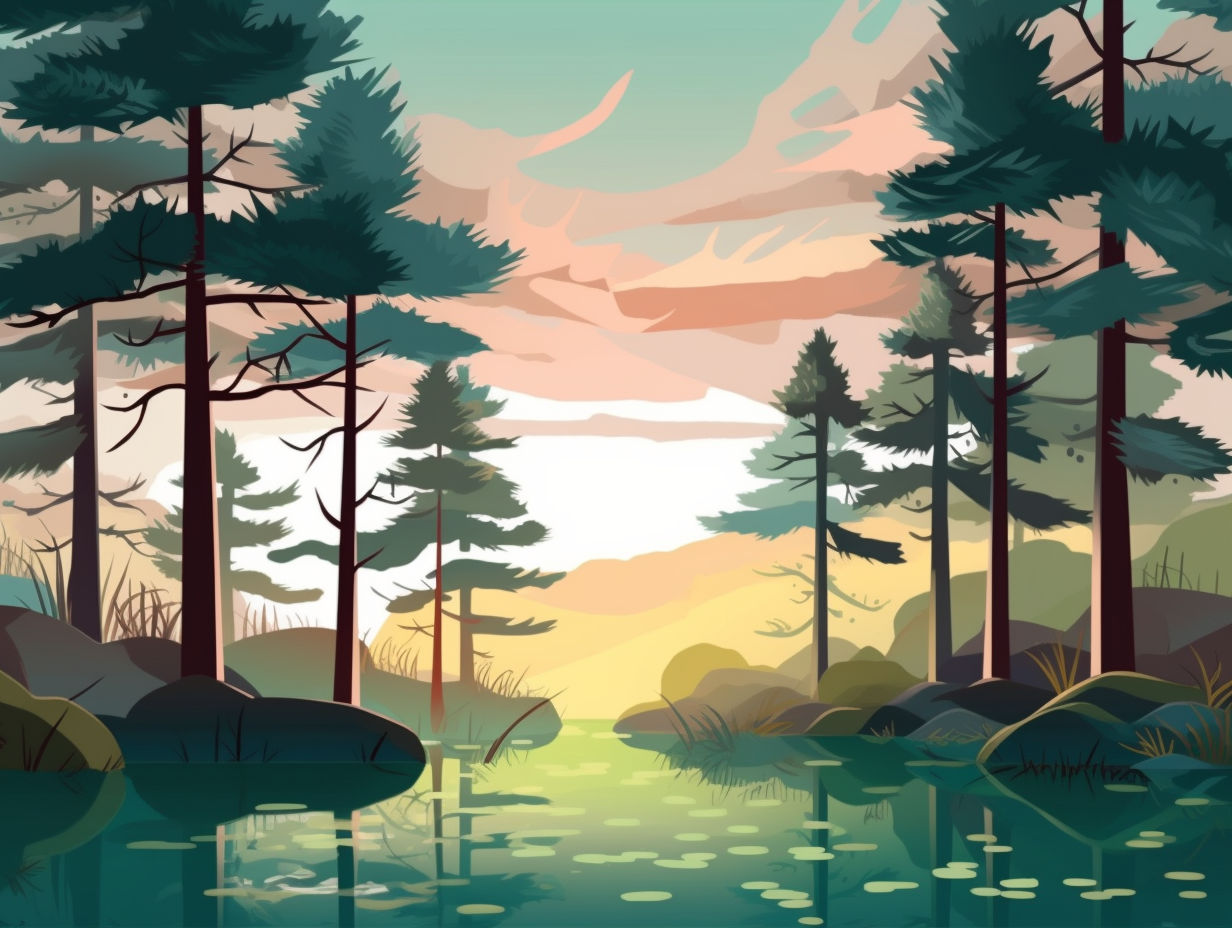
Did you know that the distinctive knots in pine trees are formed from dead branches embedded within the growing wood? Discover this and more rustic whimsy in our fun pine tree facts!
=> Fun Facts about Pine-Trees
3. Blue Spruce's Ancient Lifespan
If you thought your great-great-great-grandpappy was old, wait until you hear about the grizzled elder of the tree world: The blue spruce can live a whopping 600 to 800 years in the wild, while even its homebody spruce kin can stick around for a respectable 150 to 200 years.
Source => leafyjournal.com
4. Red Spruce Rocks Fundy National Park
These trees ain't spruce Springsteens with a rocking lifespan: Red spruce trees in Fundy National Park can live for 200 years or more, making them one of the longest-living trees in the Acadian Forest.
Source => parks.canada.ca
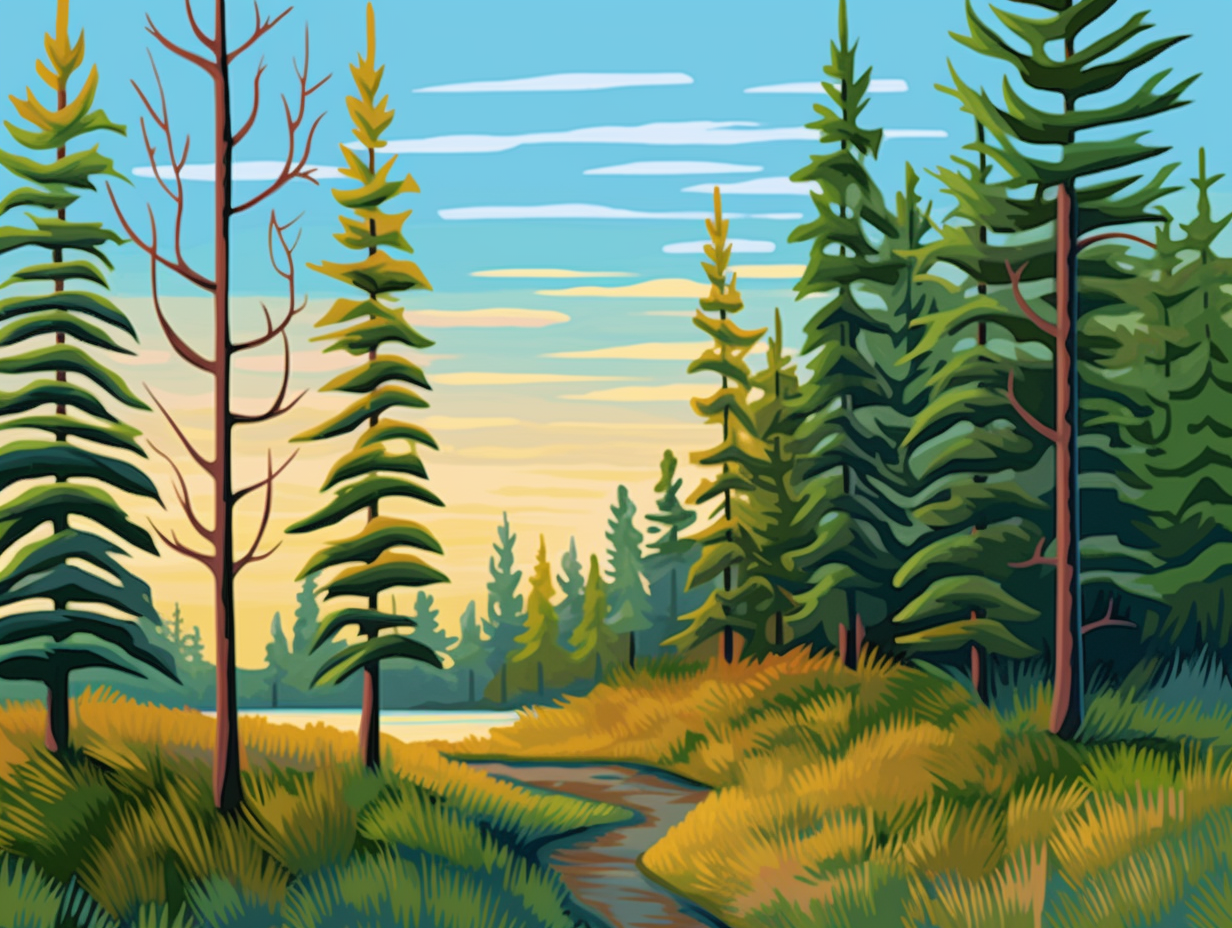
5. Forest Dynamics: Spruce Tree Dance Party
Picture this: tiny spruce trees at a forest mixer, clumping together like wallflowers at a middle-school dance, while the big trees stand tall, taking over the dance floor like seasoned extroverts. Forest dynamics at its finest: In subarctic old-growth forests, spruce trees create an open-canopy structure, allowing smaller trees to grow in clusters and larger trees to be dispersed due to competitive mortality, resulting in unique and diverse spatial patterns.
Source => frontiersin.org
6. Spruce Trees' UV Bouncer: Bluis Wax
Spruce trees have a secret defense system: a bouncer called Bluis Wax, keeping harmful UV rays at bay like an exclusive forest nightclub. But like any good bouncer, its presence can be thwarted by outside forces such as touchy-feely intruders and harsh weather conditions: This waxy descriptor, known for giving spruce trees their bluish tint, actually functions as a protective barrier against dehydration and UV light – but can be worn away by elements like wind, rain, human touch, and certain pesticides, leaving the tree with a less-mysterious green hue.
Source => conifersociety.org
7. Spruce Trees' Impressive Needle Retention Skills
If spruce trees had a résumé, it'd definitely mention their needle retention skills as a key strength! Think of the white pine or arborvitae trees dropping their needles in 2-3 years, and the spruce tree scoffing, "Amateurs!": The average spruce tree needles flaunt a remarkable lifespan of about five years, though some show-off species even manage to keep them for up to 10 years before politely stepping aside for fresher growth.
Source => purduelandscapereport.org
Related Fun Facts

